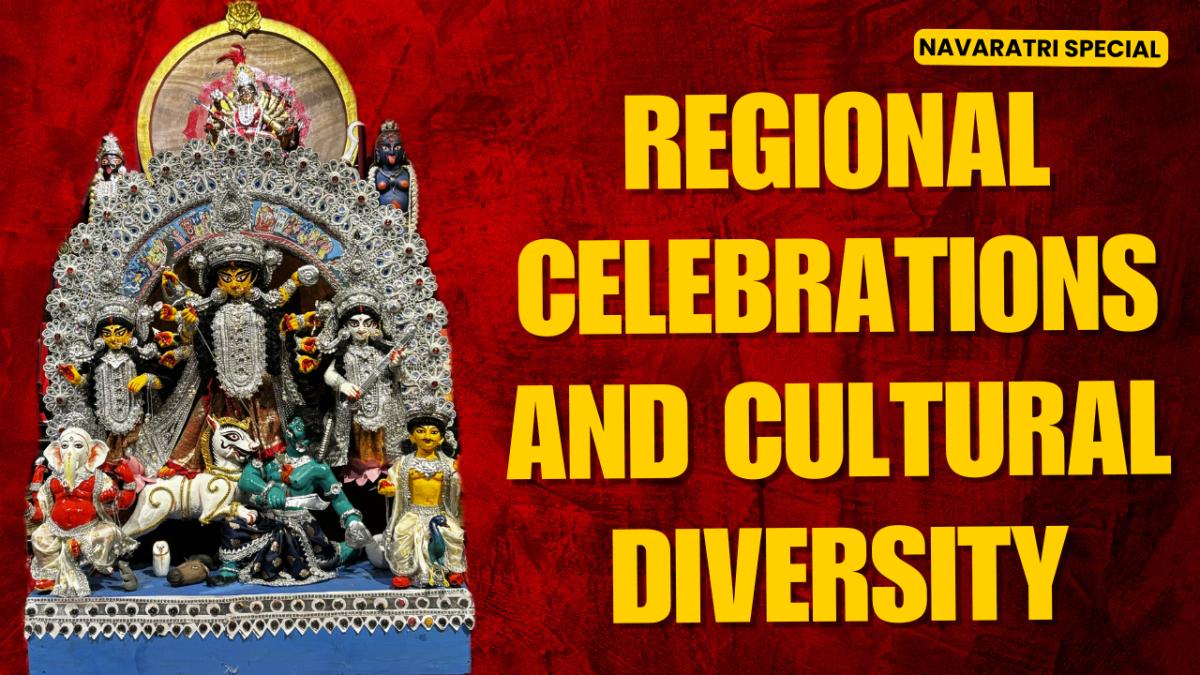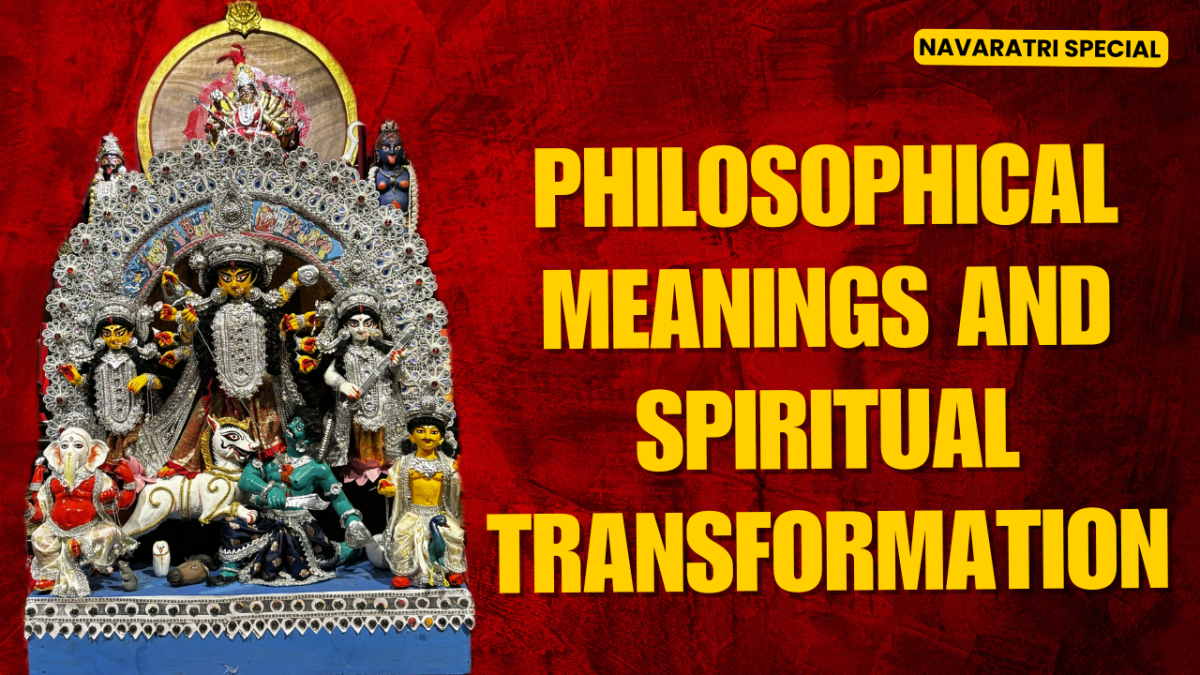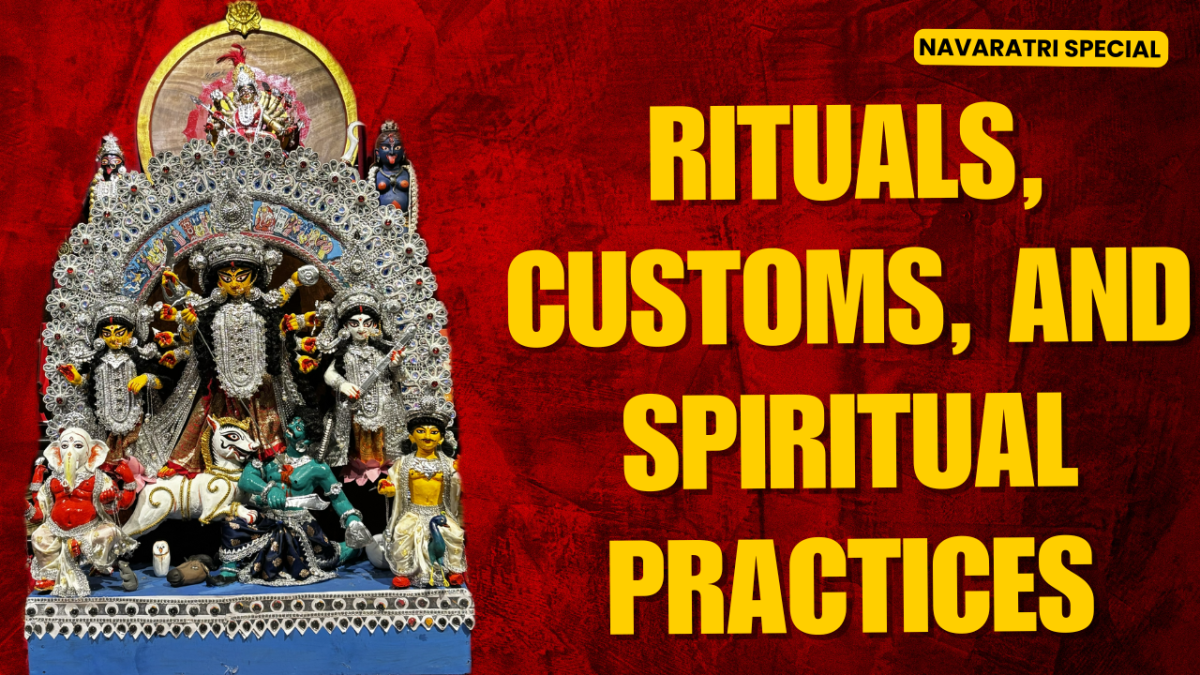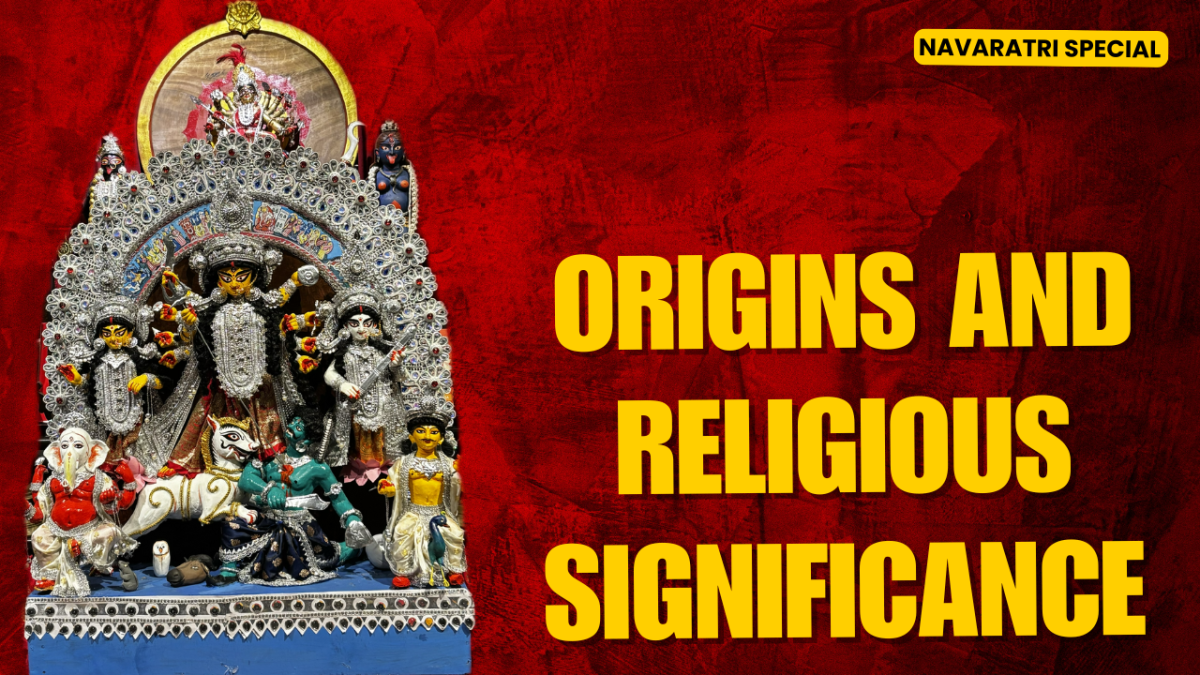Navaratri's celebration varies dramatically across India's diverse regions, reflecting local traditions, customs, and cultural interpretations. This diversity demonstrates Hinduism's adaptability while maintaining core spiritual principles.
In West Bengal, the last four days transform into the grand Durga Puja, featuring elaborate clay idols of Goddess Durga defeating Mahishasura. Magnificent pandals house these artistic creations, culminating in river immersion ceremonies. Bengali celebration emphasizes the goddess visiting her maternal home, with emotional farewell rituals resembling a daughter's departure.
Gujarat showcases Navaratri through vibrant Garba and Dandiya Raas dances. Communities gather in colorful traditional attire, dancing around decorated pots with lamps, creating India's largest dance festival. These circle dances symbolize the cosmic dance of creation around divine energy.
Tamil Nadu celebrates with Kolu displays, arranging dolls on stepped platforms depicting mythological stories and social themes. Women invite neighbors to view their Kolu, sing devotional songs, and exchange gifts, making it primarily a women's festival emphasizing community bonding.
In Kashmir, the focus shifts to Sharika, Sharada, and Bhavani worship, with unique texts like Bhavani Sahasranama replacing Durga Saptashati. Punjab and Haryana emphasize Jagrata (night-long vigils) and Kanjak puja, feeding young girls representing the goddess.
Kerala incorporates Vidyarambham, initiating children into learning on Vijayadashami. Himachal Pradesh celebrates Devi as Prakriti (nature), honoring terrestrial and mystic goddesses. Rajasthan emphasizes Kula Devi worship, with different communities honoring their clan goddesses.
Nepal's Dashain combines various regional traditions, while Telangana features the unique Bathukamma festival with flower arrangements. Each region maintains the core theme of divine feminine celebration while incorporating local languages, customs, foods, and artistic expressions. This regional diversity enriches Navaratri's cultural tapestry while preserving its spiritual essence across India's vast geographic and cultural landscape.




Comments (0)
Rate this Article
How do you feel about this article?
Comments (0)
No comments yet
Be the first to share your thoughts!
Join the Discussion